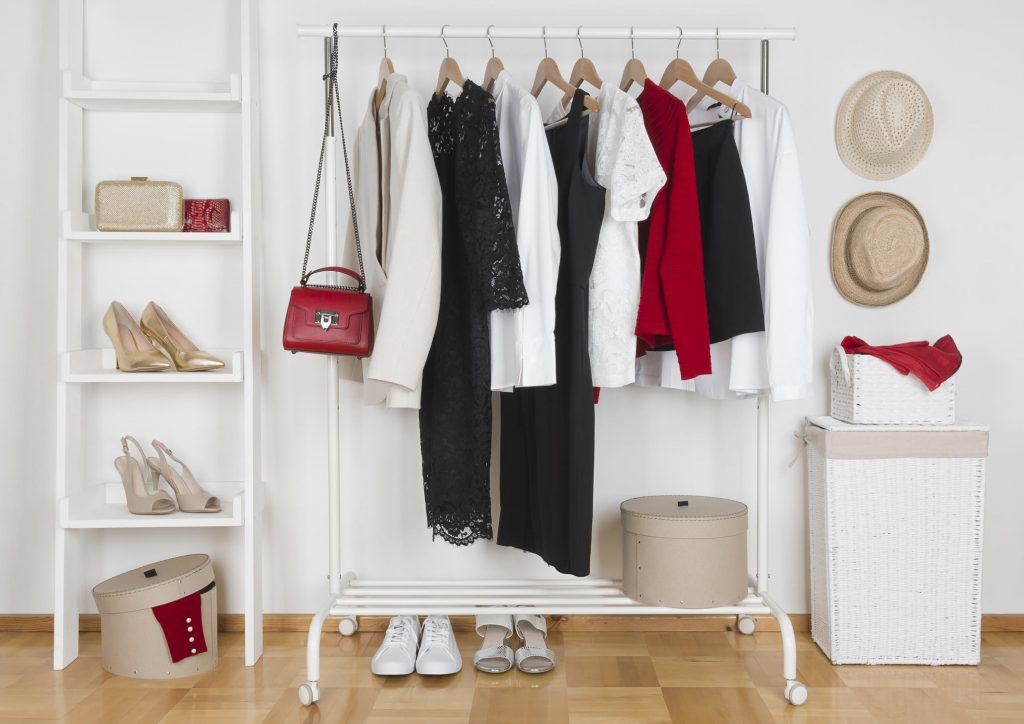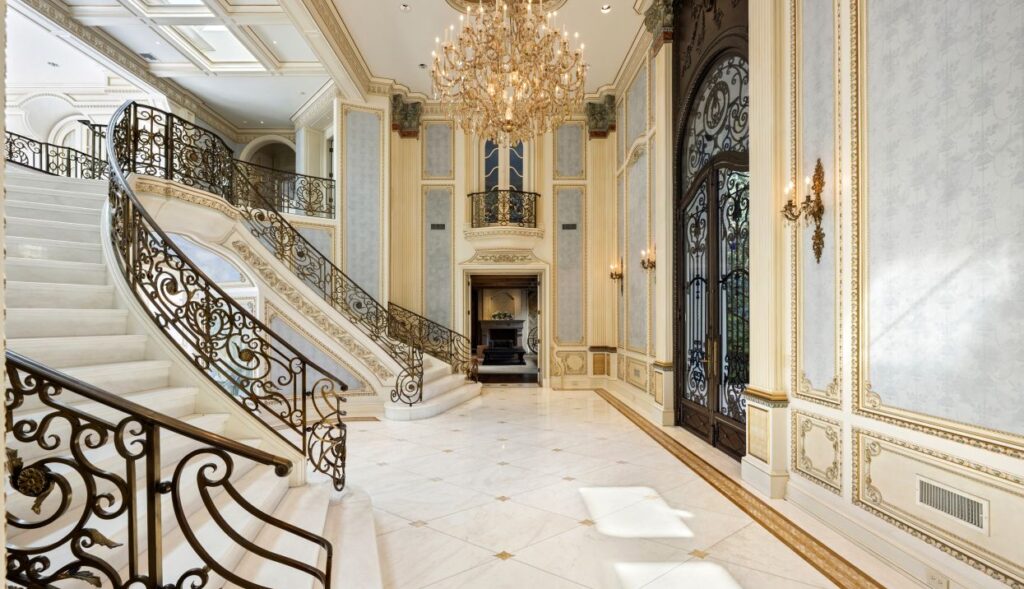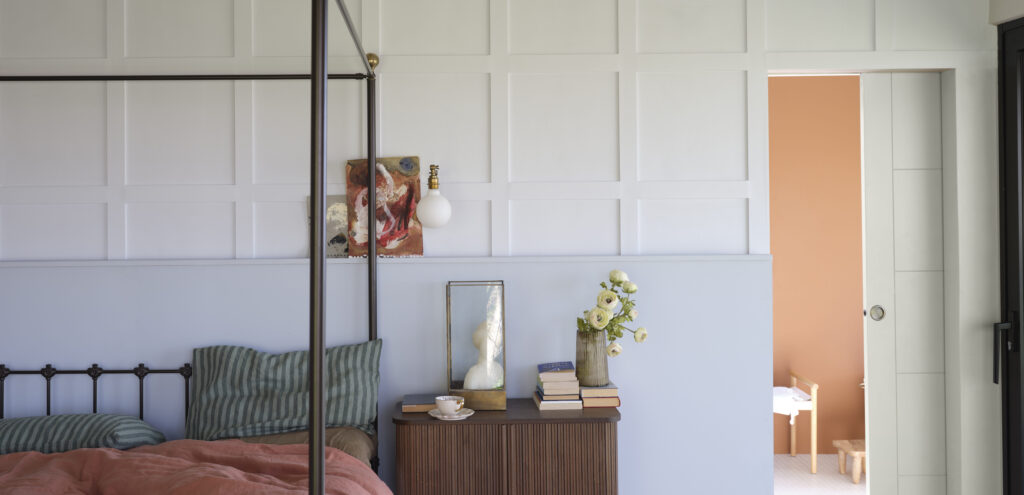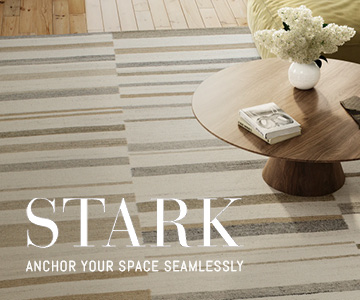Have you ever opened your closet and found yourself staring at the pile of clothes weighing down your hangers for half an hour, paralyzed by the sheer number of clothing items you own? Have you ever bought a cute trinket that you found on sale, only to later wonder where on earth you were going to put it? Does the idea of going to your attic, or looking inside your garage, fill you with dread? Have you ever stood in the middle of your house, surrounded by all your possessions, and felt a growing trepidation at the realization that somehow, at some point, you had lost control of your clutter, and then rushed to google how to get organized?
Let’s face it. Chances are that you have. Americans are drowning in stuff: according to an NBC News article, the average American home contains about 300,00 items, and one in four Americans struggle with clutter. It is then no wonder that many of us feel anxious and overwhelmed when faced with the task of organizing our homes and decluttering our lives – even though we know that it is in our best interest to do so.
It is for this reason that in recent years we have seen the emergence of an organizing industry full of professional organizers who seek to help their clients with their clutter. “It’s a service people often realize they need, or even know exists,” said Audrey Tesora, the founder and CEO of Right Touch Organizing, in a phone interview with VUE Magazine.
She has been organizing other people’s lives for quite some time. “I’ve been in this business pretty much all my life,” she said. “I come from the corporate world, having extensive experience working for C-suite executives, organizing their professional and personal lives.” After exiting the corporate world, Tesora decided to take all her knowledge, experience, and skills into founding her own professional organizing business. With Right Touch Organizing, a concierge-type service that tackles everything from home offices and residential spaces to office management, document management, moving and downsizing, Tesora seeks to help her clients design a fresh, organized space that will be conducive to a balanced and peaceful life.
“Organizing is now a necessity,” Tesora said. “At some point in your life, you’re going to need an organizer to help you.”

Tesora is well aware that organizing one’s belongings and getting rid of clutter can be a fraught, overwhelming endeavor, which is why she strives to create a calm, compassionate, and judgment-free experience, especially during times of transition. Moreover, her experience in the organizing business has taught her that there are really three essential steps that you must take when trying to sift through one’s belongings.
First, you must identify the root cause of the disorganization. “An organized space is an organized mind,” Tesora said. “Is there something holding you back that’s keeping you disorganized?” The origins of clutter can be emotional in nature, such when one holds on to things one feels like one doesn’t have permission to give away. They can also be related to a busy schedule and lack of time. You can also be feeling overwhelmed by the clutter, or so underwhelmed that you might not want to deal with it at all. “I have clients that walk into a room and feel overwhelmed,” Tesora said. “I walk into that room and see something different.”
Second, one must identify what is and what isn’t working in one’s current setup, and figure out one’s individual organizing style. “When I’m working with a client, I like to ask what is working for them, and what is their biggest challenge in being organized,” Tesora said. “When something is working or is not working, that’s a clue to what your organizing style is.” According to Tesora, people tend to fall into four organizing categories: idealists, or perfectionists who like to have everything in its place; guardians, or people who tend to hold on to items that no longer serve them; rationals, who like to have everything streamlined and organized, but who nonetheless like to have things that they are not using hidden away in cluttered cabinets, attics or basements; artisans, or people who like to see all of the items they use around them and preferably visually organized, but they’re not. Identifying your organizing style is an important step in the process of figuring out a system that works for you.
And third, be the CEO of your home and decide what to keep and what to throw out. “Ask yourself these questions: Do I love it? Do I need it? Do I use it?” Tesora said. Moreover, it is best if you don’t embark on you organizing adventure alone. Instead, try getting your family involved, and make it a collective project. In Tesora’s experience, “the easiest way to get things done is to simply begin.”
Organizing one’s possessions can be logistically and emotionally challenging, but like most such things in life, it will eventually need to be done. The most important thing to keep in mind is that organizing is a process, not a product, and therefore it is important to work in stages and try to create a system that works for you and your family, rather than attempt to do everything all at once. As Audrey Tesora says, “Strive for progress, not perfection.”






